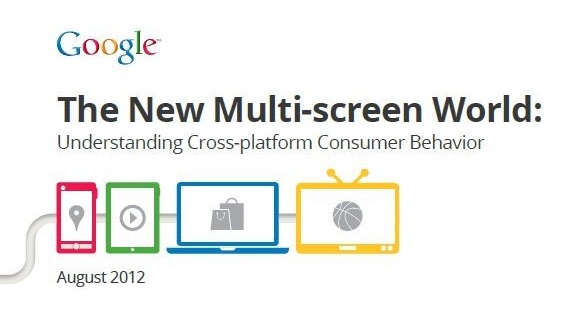Replay – FCBarcelona
Project name: Unexpected Formal
Category: Digital Communication – B2B & B2C, Consultancy; Responsive Web Development
Client: Replay – Fashion Box Spa
Technologies: HTML5, Javascript, Interactive Pdf
Replay – Fashion Box Spa – has signed a deal with the FC Barcelona as the official sponsor of clothing and footwear for the team and the rest of the Club’s sportsmen and women. Replay will create both official clothing and a “smart casual” line for the first team.
To celebrate the agreement, Replay has developed the Denim Zero, a jeans created by an exclusive eco-friendly process which utilizes high-pressure ice crystals.
Replay asked to Alittleb.it to look after all the Partnership digital image.Read More




